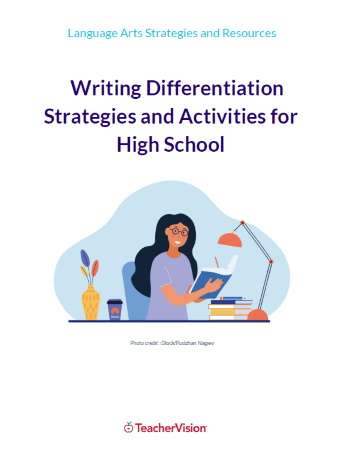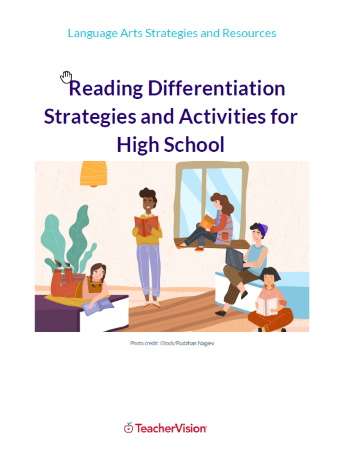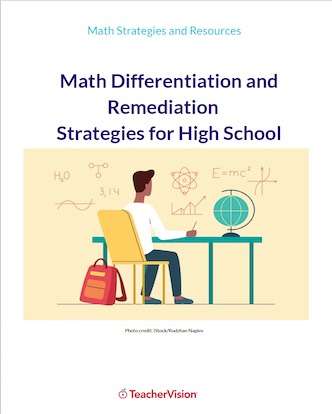NSTA Recommends Interdisciplinary Connections
Grades 9-12
The following are excerpts from NTSA Recommends book reviews.
Craters!by William K. Hartmann with Joe Cain
Reviewed by C. Shannon C'de Baca Science Department Chair
Craters! is a joint project between NSTA, the Planetary Society, and NASA. It provides a wonderful blend of some familiar labs (optics) and a central theme from planetology (impact studies), which is well suited for secondary classes. This well-designed, teacher-friendly resource illustrates great teaching methods.
Earth science teachers will find Craters! a great source of activities, and physics teachers will welcome these explorations as a way to bring abstract ideas down to Earth. I would also recommend Craters! to any methods instructor as an example of what an excellent interdisciplinary science unit should look like. I was somewhat taken aback when I first picked up this binder of materials. There is an amazing diversity of material in it. From activities as simple as dropping a cup full of water with a hole punched in it, to extracting DNA from plant tissues, to building magnetic induction braking devices, the range of demonstrations and activities is enormous. Students using this resource will study everything from the atomic and molecular levels (hydrogen bonds and organic molecules) on up to the global level (transportation and space science), and in between they’ll look at social issues such as how the media portray sexual relationships between humans. What links such a diverse range of materials? The title tells it all. Population growth has a global perspective. The causes and effects of population growth are of great interest to ecologists, environmentalists, health scientists, and others. The relationships among large populations and nutrition, resource use, transportation, and technology in general need to be understood to be able to plan global and local resource use. All of these issues indicate that a full appreciation of the complexities of population growth requires an interdisciplinary approach.
Global Issues Population Growth: An Instruction Manual in Integrated Science
by John W. Jewett, Jr. and Stefanie A. Saccoman
Reviewed by C. Charles Jervis Science Teacher





